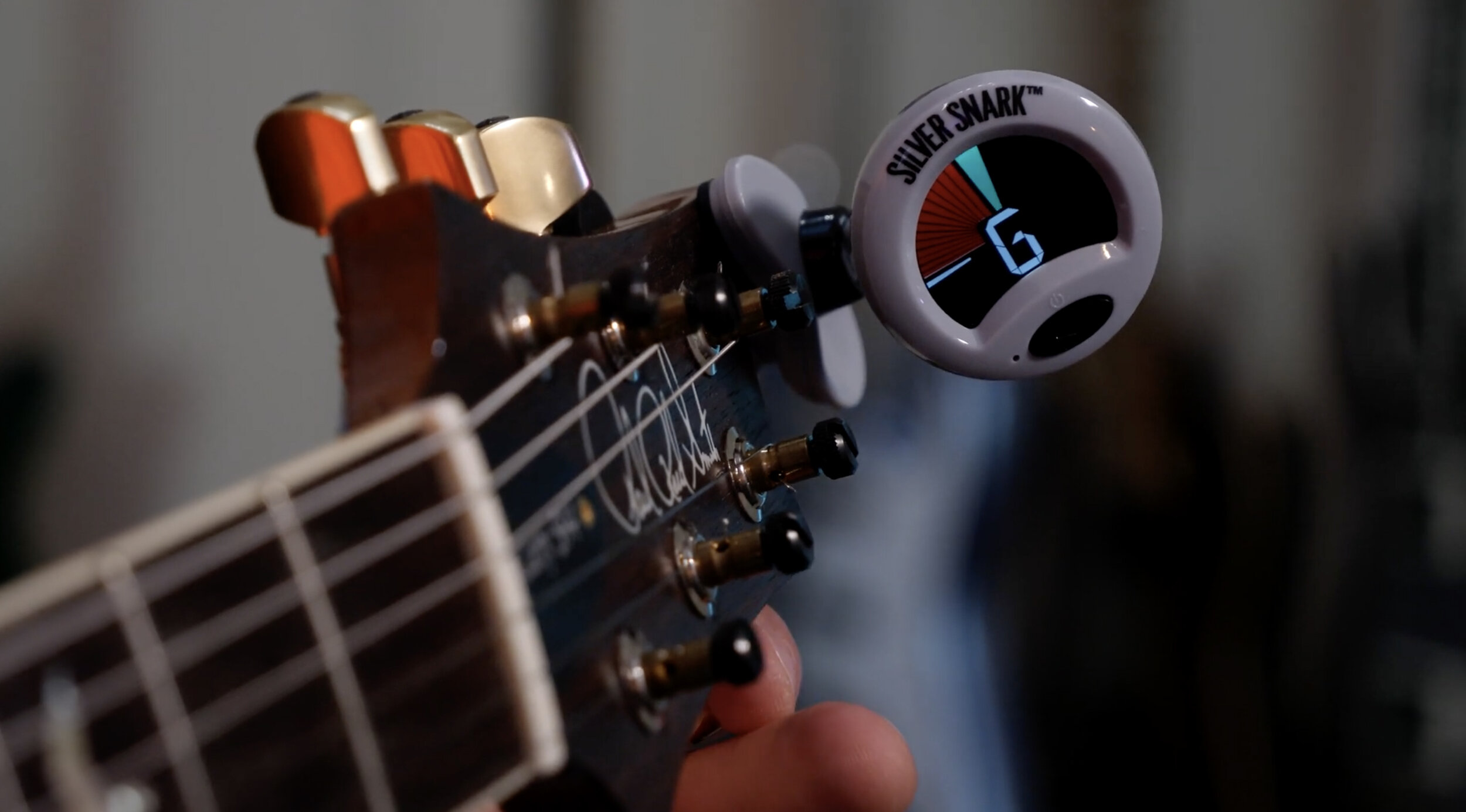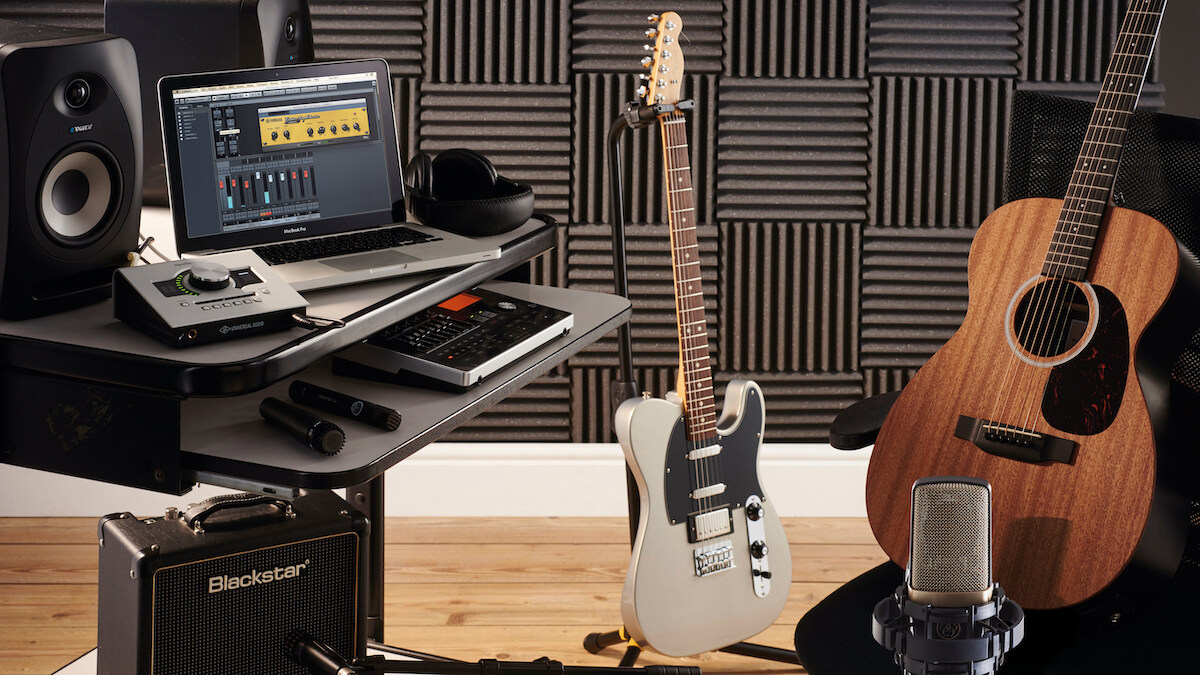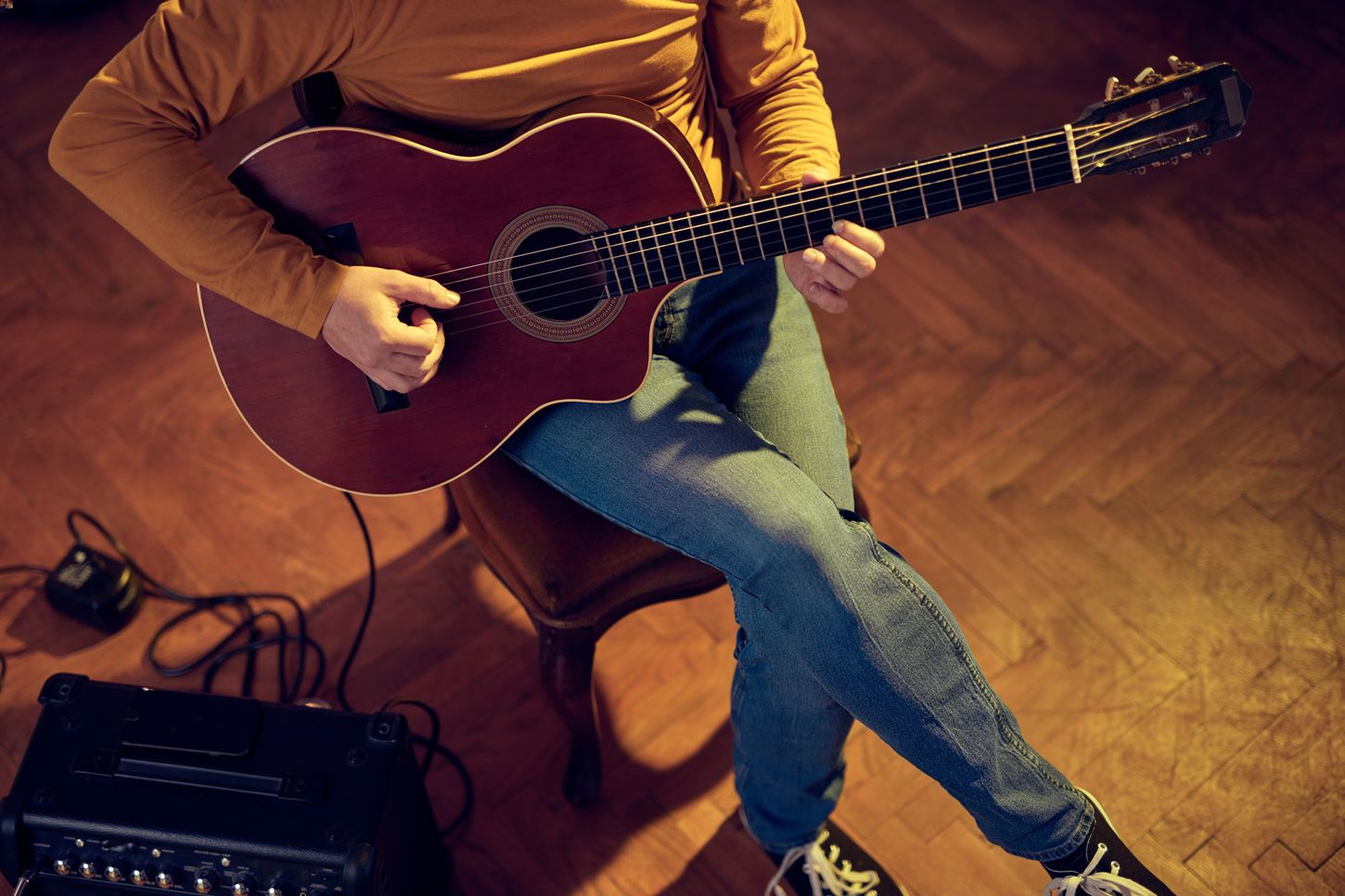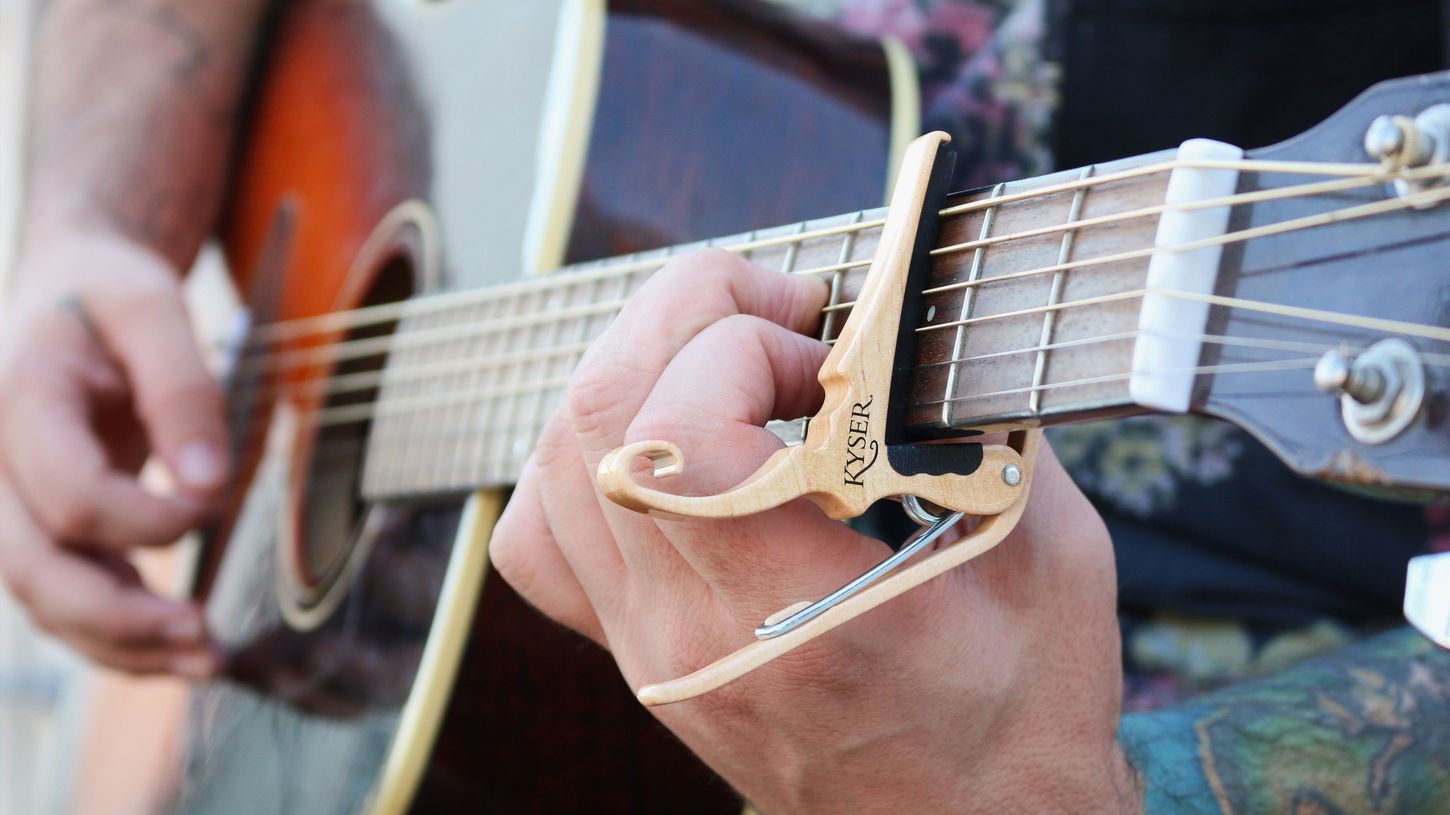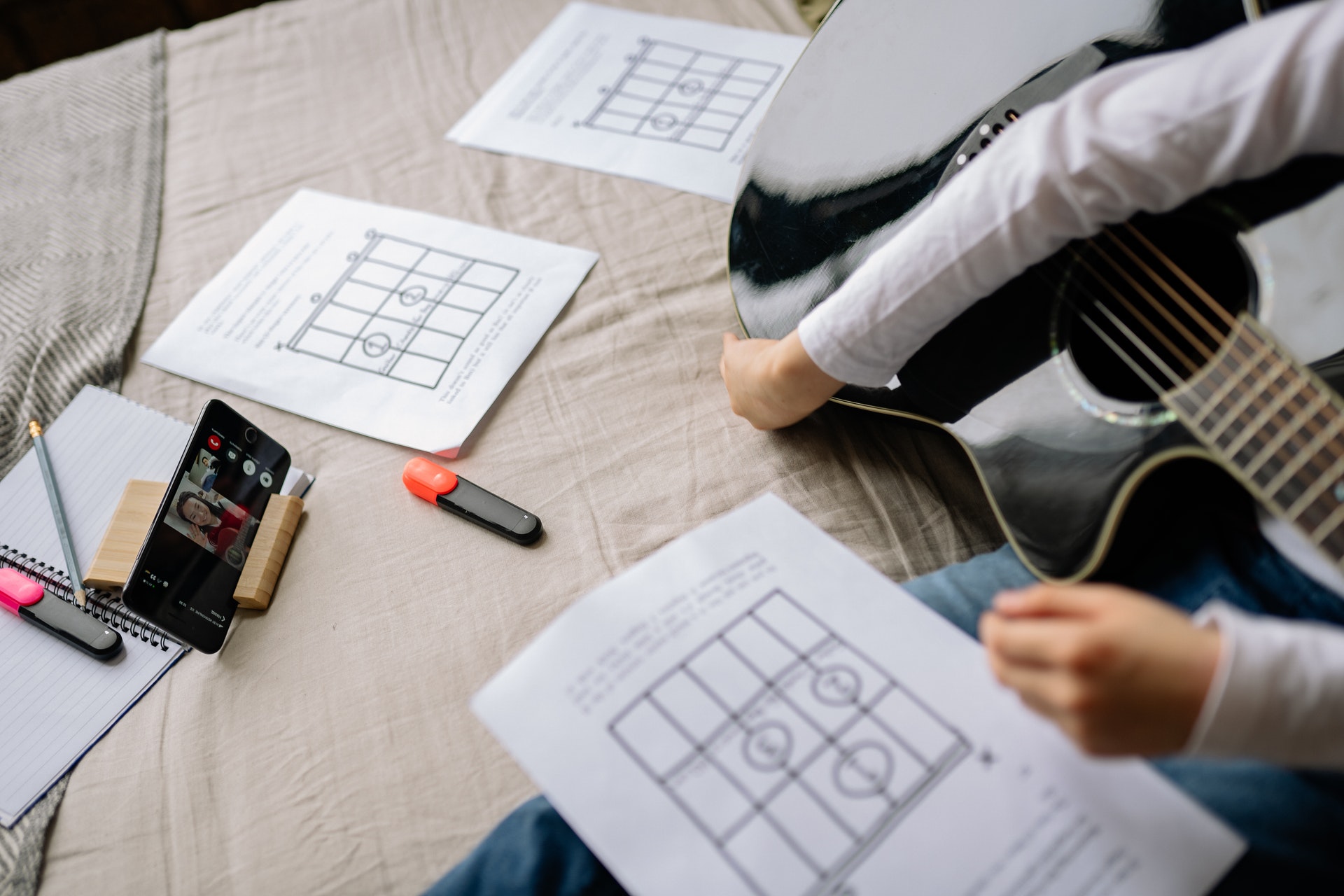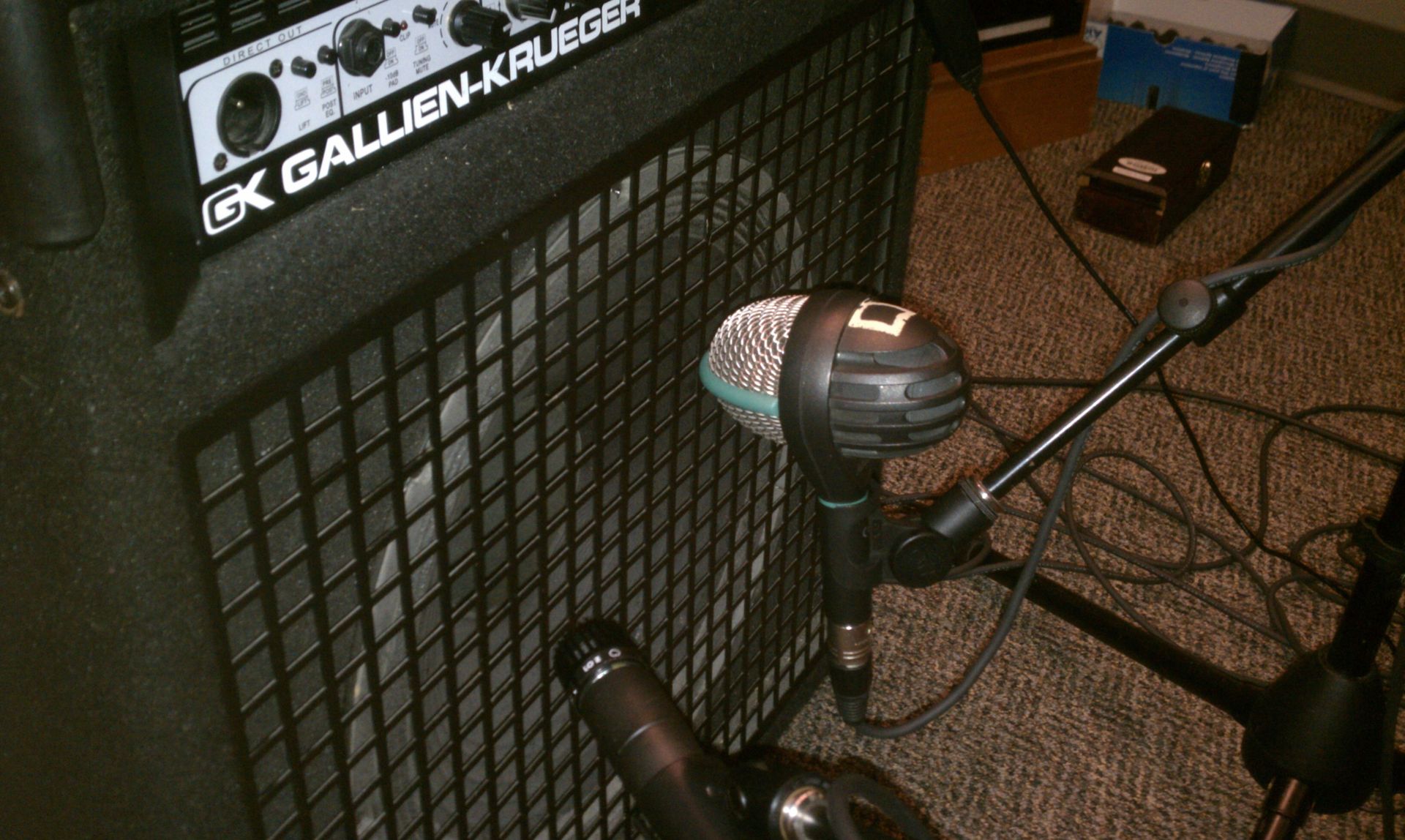Home>Instruments>Guitar>How To Use A Guitar Amp


Guitar
How To Use A Guitar Amp
Modified: February 15, 2024
Learn how to use a guitar amp to enhance your guitar playing. Discover essential tips and techniques for getting the best sound out of your guitar.
(Many of the links in this article redirect to a specific reviewed product. Your purchase of these products through affiliate links helps to generate commission for AudioLover.com, at no extra cost. Learn more)
Table of Contents
Introduction
So, you've got your hands on a guitar amp, and you're ready to take your playing to the next level. Whether you're a seasoned guitarist or just starting out, understanding how to use a guitar amp effectively is crucial for achieving the tone and sound you desire. A guitar amp is not just a simple accessory; it's a powerful tool that can shape and enhance your music in countless ways. In this guide, we'll delve into the essential aspects of using a guitar amp, from understanding its components to optimizing its settings for your playing style.
A guitar amp is more than just a speaker for your guitar; it's a complex system comprising various components that work together to amplify and modify the sound of your instrument. Understanding these components and how they interact is key to unlocking the full potential of your guitar amp. Additionally, knowing how to set up and adjust your amp's controls, as well as how to incorporate effects, will allow you to sculpt your desired sound with precision.
Whether you're aiming for the gritty crunch of rock, the smooth warmth of blues, or the pristine clarity of jazz, your guitar amp is the gateway to achieving your sonic aspirations. By mastering the art of using a guitar amp, you can harness its power to elevate your playing and captivate your audience.
In the following sections, we'll explore the fundamental aspects of using a guitar amp, providing you with practical insights and tips to help you make the most of this essential piece of gear. From comprehending the intricacies of its components to optimizing its settings and incorporating effects, this guide will equip you with the knowledge and skills needed to unleash the full potential of your guitar amp. So, grab your guitar, plug in your amp, and let's embark on a journey to unravel the mysteries of this indispensable musical companion.
Understanding the Components of a Guitar Amp
Before diving into the world of guitar amplification, it’s essential to familiarize yourself with the key components that make up a typical guitar amp. While the specific features and layout may vary across different models and brands, most guitar amps share common elements that play crucial roles in shaping the amplified sound.
1. Preamp: The preamp is where the raw signal from your guitar is initially received and processed. This stage is responsible for amplifying the signal to a level that can drive the power amp section. It also often includes tone-shaping controls such as EQ (equalization) knobs, which allow you to adjust the bass, midrange, and treble frequencies to tailor your sound.
2. Power Amp: Once the signal has been conditioned by the preamp, it is sent to the power amp, which further amplifies the signal to a level that can drive the speakers. The power amp’s characteristics can significantly impact the overall tonal quality and dynamics of the amplified sound.
3. Speaker: The speaker is where the amplified signal is converted back into sound waves. Different types and sizes of speakers can produce varying tonal qualities, and the speaker’s construction materials and design play a crucial role in shaping the amp’s overall sound.
4. Cabinet: The speaker is housed within a cabinet, which not only provides physical support and protection but also influences the way the sound is projected. The size, construction, and porting of the cabinet can impact the amp’s bass response, projection, and overall sonic character.
5. Input and Output Jacks: These are the connection points for your guitar, effects pedals, and external audio sources. Understanding how to utilize these jacks effectively is essential for integrating your amp into a broader audio setup.
By gaining a deeper understanding of these components and their functions, you’ll be better equipped to optimize your guitar amp for your desired sound. In the subsequent sections, we’ll explore how to set up and adjust these components to achieve a wide range of tones and textures, empowering you to unleash the full sonic potential of your guitar amp.
Setting Up Your Guitar Amp
Properly setting up your guitar amp is essential for achieving the best possible sound and performance. Whether you’re preparing for a live gig, a recording session, or a casual practice at home, the way you position and configure your amp can significantly impact your overall playing experience. Here are some key considerations for setting up your guitar amp:
1. Placement: Position your amp in a way that allows the sound to project effectively. Elevating the amp can help disperse the sound more evenly, especially in live settings. Additionally, be mindful of the amp’s proximity to reflective surfaces, as this can affect the tonal characteristics of the sound.
2. Power and Grounding: Ensure that your amp is properly grounded and connected to a reliable power source. Unstable power can introduce unwanted noise and interference, so using a surge protector or power conditioner is advisable, particularly in venues with unpredictable electrical systems.
3. Room Acoustics: Be mindful of the acoustic properties of the room or venue where you’ll be using your amp. Rooms with hard, reflective surfaces may result in more pronounced reflections and reverberations, while carpeted or upholstered spaces can absorb some of the sound. Adjust your amp’s positioning and settings accordingly to accommodate the room’s acoustics.
4. Amplifier Settings: Familiarize yourself with the various controls on your amp, including the EQ knobs, gain or volume settings, and any built-in effects. Experiment with different settings to understand how they affect the overall sound, and take note of the combinations that best complement your playing style and musical genre.
5. External Connections: If you plan to use external effects pedals, a footswitch, or additional speaker cabinets, ensure that these connections are secure and properly integrated into your amp setup. Understanding how to configure these external components will expand the sonic possibilities of your rig.
By paying attention to these setup considerations, you can optimize your amp’s performance and ensure that it delivers the desired sound in various playing environments. In the next section, we’ll delve into the nuances of adjusting the controls on your guitar amp, allowing you to fine-tune your tone and craft a personalized sonic signature that reflects your musical identity.
Adjusting the Controls on Your Guitar Amp
Understanding how to manipulate the controls on your guitar amp is pivotal for shaping your desired tone and sonic characteristics. Each control knob serves a specific function, and learning how to adjust them effectively can significantly enhance your playing experience. Here’s a breakdown of the primary controls found on most guitar amps:
1. Gain: The gain control, often found on the amp’s preamp section, determines the amount of distortion or overdrive in your sound. Lower gain settings produce a cleaner tone, while higher settings introduce varying degrees of saturation and grit, ideal for rock, blues, and other driven styles.
2. EQ (Equalization): Most amps feature bass, midrange, and treble controls that allow you to adjust the tonal balance of your sound. Experimenting with these EQ settings enables you to tailor the amp’s response to suit different guitars, playing styles, and musical genres.
3. Volume: The volume control regulates the overall output level of the amp. Balancing the volume with the gain control is crucial for achieving the right amount of distortion or clean headroom, depending on your musical intentions and performance context.
4. Presence and Resonance: Some amps offer additional controls such as presence and resonance, which impact the amp’s high-frequency response and low-end tightness, respectively. Understanding how these controls influence the amp’s overall voicing can help you refine the nuances of your sound.
5. Master Volume: Amps equipped with a master volume control allow you to adjust the overall output level without significantly affecting the gain staging. This feature is particularly useful for achieving power amp saturation at lower volume levels, making it ideal for studio recording or home practice.
When adjusting these controls, it’s essential to listen attentively to the changes in the sound and how they interact with your playing. Experiment with different settings, and take note of the sonic characteristics that resonate with your musical vision. By honing your control over these parameters, you can unlock a diverse range of tones and textures, allowing your amp to adapt to a myriad of musical styles and performance scenarios.
Next, we’ll explore the art of incorporating effects with your guitar amp, offering insights into how pedals and signal processing can further expand your sonic palette and creative potential.
Using Effects with Your Guitar Amp
Enhancing your guitar’s sonic capabilities often involves the use of effects, which can profoundly shape and elevate your sound. Whether you’re aiming to add depth, texture, or ambience to your playing, understanding how to integrate effects with your guitar amp is a gateway to unlocking a world of tonal possibilities. Here’s a guide to using effects with your guitar amp:
1. Effects Loop: Many modern guitar amps feature an effects loop, which allows you to connect modulation and time-based effects, such as reverb and delay, after the preamp stage. Utilizing the effects loop can help maintain the integrity of these effects, especially when paired with higher-gain settings on the amp’s preamp.
2. Overdrive and Distortion Pedals: If your amp’s natural overdrive isn’t sufficient for your musical style, incorporating overdrive or distortion pedals can provide additional tonal flexibility. These pedals can be used to push the amp’s preamp into higher gain territories or to achieve specific tonal characteristics not inherent to the amp’s core sound.
3. Modulation and Time-Based Effects: Pedals such as chorus, phaser, flanger, and delay can introduce spatial movement and atmospheric depth to your sound. Experimenting with the placement and settings of these effects in relation to your amp’s natural tone can yield captivating textures and sonic landscapes.
4. Reverb and Ambience: Amps with built-in reverb offer lush spatial enhancements, while standalone reverb pedals provide additional control and sonic variations. Understanding how different reverb types and settings interact with your amp’s sound can add a sense of depth and dimension to your playing.
5. Utilizing the Amp’s Natural Characteristics: Some guitarists prefer to let the amp’s inherent tonal qualities shine without extensive effects processing. In such cases, subtle adjustments to the amp’s controls, combined with judicious use of natural room ambience, can yield a captivating and organic sound.
By incorporating effects with your guitar amp, you can sculpt a personalized sonic signature that reflects your musical identity and artistic vision. Experimentation and exploration are key, as they can lead to serendipitous discoveries and inspire new creative directions for your playing. In the following section, we’ll share tips for getting the best sound from your guitar amp, offering practical insights to help you optimize your tone and performance experience.
Tips for Getting the Best Sound from Your Guitar Amp
Obtaining the optimal sound from your guitar amp involves a blend of technical know-how, artistic intuition, and practical considerations. Here are some valuable tips to help you unlock the full sonic potential of your amp:
- Experiment with Placement: Positioning your amp in different locations within a room can yield varying tonal qualities. Try placing the amp against different walls or elevating it to observe how the sound interacts with the room’s acoustics.
- Listen at Different Volumes: The tonal characteristics of your amp can change at varying volume levels. Experiment with different volume settings to discover the sweet spot that complements your playing style and musical genre.
- Explore EQ Settings: Don’t hesitate to explore extreme settings on the amp’s EQ controls to understand their sonic impact. While subtlety is often key, pushing the EQ to its limits can reveal unique tonal possibilities.
- Engage with the Power Amp: If your amp features a separate master volume or power amp controls, experiment with driving the power amp while keeping the preamp gain at a moderate level. This can yield rich harmonic textures and dynamic response.
- Pair Amp with Compatible Speakers: Matching your amp with suitable speakers can significantly influence its overall tonal characteristics. Explore different speaker options to find the ideal pairing for your amp’s sonic vision.
- Utilize Natural Ambience: Embrace the natural ambience of the room or performance space. Sometimes, allowing the amp’s sound to interact with the room’s acoustics can produce captivating spatial enhancements.
- Regular Maintenance: Keep your amp in optimal condition by ensuring regular maintenance, including tube replacements (if applicable), cleaning potentiometers, and addressing any mechanical issues. A well-maintained amp can deliver consistent and reliable performance.
By incorporating these tips into your approach to using a guitar amp, you can refine your sonic palette, optimize your playing experience, and uncover new dimensions of expression. Remember that the journey to finding your ideal sound is a continuous exploration, and each amp possesses its own unique characteristics to be discovered and harnessed.
As we conclude this guide, we hope that the insights shared here empower you to embark on a fulfilling and enriching musical journey with your guitar amp. Through a combination of technical understanding, creative experimentation, and a discerning ear, you can harness the full potential of your amp to create captivating music that resonates with your artistic vision and musical aspirations.
Conclusion
Congratulations on delving into the multifaceted realm of guitar amplification. By exploring the components, setup, controls, effects, and optimization techniques for your guitar amp, you’ve embarked on a journey to elevate your musical expression and sonic artistry. Your guitar amp is not merely an amplification device; it’s a conduit for channeling your creativity, passion, and musical identity.
As you continue to hone your skills and refine your sonic palette, remember that the relationship between a guitarist and their amp is deeply personal and dynamic. Each twist of a knob, pluck of a string, and resonating chord shapes a unique sonic landscape that reflects the essence of your musical journey.
Whether you’re aiming for searing rock riffs, soul-stirring blues licks, or ethereal ambient textures, your guitar amp stands ready to amplify and magnify your musical voice. Embrace the process of discovery, experimentation, and sonic exploration, knowing that every nuance and subtlety contributes to your evolving sonic signature.
As you venture forth with newfound insights and a deeper understanding of your guitar amp, may your playing be imbued with creativity, passion, and an unwavering commitment to musical excellence. Your guitar amp is not just a tool; it’s a trusted ally on your musical odyssey, faithfully translating your artistic vision into resonant waves of sound.
With each strum and chord progression, may your guitar amp reverberate with the echoes of your musical narrative, inviting listeners into a realm where emotions, melodies, and rhythms intertwine. Your journey with your guitar amp is an ongoing symphony, and with each note, you compose a vibrant and evocative musical tapestry that speaks to the heart and soul.
As you continue to harness the power of your guitar amp, may your music resonate with authenticity, depth, and unwavering passion, transcending boundaries and captivating audiences. Your guitar amp is more than an instrument; it’s a vessel for your musical expression, carrying the resonance of your creativity to every corner of the musical landscape.
So, plug in, turn up the volume, and let your guitar amp be the conduit through which your musical story unfolds, resonates, and inspires. Your sonic journey awaits, and your guitar amp stands ready to amplify the symphony of your soul.



